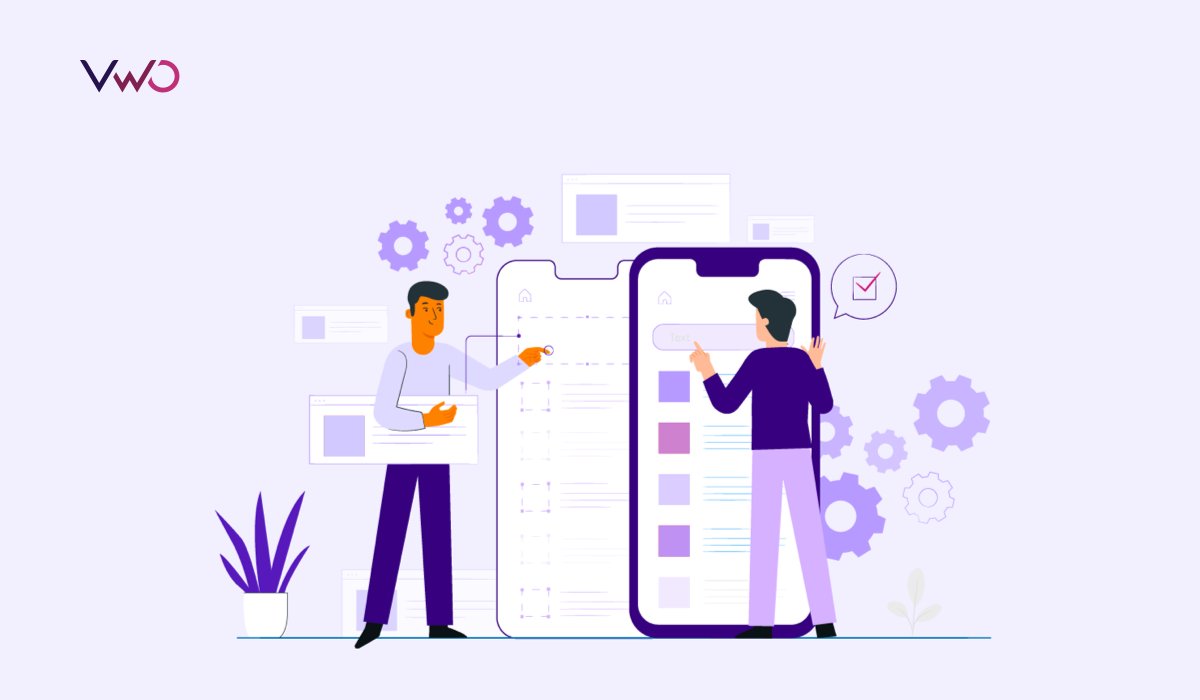Achieve Peak Performance with Data-Driven Mobile Optimization
Achieve Peak Performance with Data-Driven Mobile Optimization
Blog Article

The Ultimate Overview to Mobile Optimization: Strategies for Enhancing Website Performance on Smartphones and Tablets
The approaches for enhancing website efficiency on mobile systems go past mere adaptation; they encompass a comprehensive approach that includes receptive style, speed optimization, content approaches, and customer experience enhancements. By delving into the intricacies of mobile optimization, services can not just satisfy user assumptions yet additionally remain ahead in an affordable electronic landscape.
Value of Mobile Optimization
Mobile optimization plays a critical role in boosting individual experience and driving conversion prices in the ever-evolving electronic landscape. With the enhancing use of smartphones and tablets for browsing the internet, ensuring that web sites are maximized for smart phones has come to be essential for companies - Mobile Optimization. A mobile-optimized site not only adjusts perfectly to various screen dimensions yet likewise loads rapidly, giving users with a smooth and delightful browsing experience
In today's busy world, individuals anticipate immediate accessibility to information on the move. A site that is not maximized for mobile tools risks losing possible consumers because of reduce loading times or a bad interface. By purchasing mobile optimization, companies can provide to the demands of their mobile audience, resulting in greater engagement and enhanced conversions.
Additionally, search engines like Google focus on mobile-friendly web sites in their positions, making mobile optimization important for enhancing presence and attracting organic web traffic. Mobile Optimization. On the whole, the importance of mobile optimization can not be overemphasized, as it straight influences customer satisfaction, conversion rates, and total business success in the digital realm
Responsive Style Techniques
Executing receptive design methods makes sure that websites dynamically change their design and web content based on the user's tool display size, providing a regular user experience throughout numerous platforms. One of one of the most usual methods used in receptive design is creating fluid grids that allow web content to resize proportionally to the display size. This makes sure that components on the web page maintain their loved one spacing and plan, optimizing the viewing experience for customers on various devices.
In addition, making use of flexible photos that can scale with the size of the viewport aids avoid images from being chopped or distorted on smaller sized screens. CSS media questions play an essential duty in responsive layout by enabling developers to use particular designs based on the tool features such as screen size, height, and alignment. By leveraging media inquiries, internet sites can adapt their format and style to suit mobile phones, tablets, and desktop computer screens perfectly.
Including receptive style strategies not only improves user experience but also adds to check these guys out boosted online search engine rankings, as online search engine like Google focus on mobile-friendly sites in their mobile search results page. By accepting receptive design, web sites can satisfy the diverse demands of users accessing content on a range of devices, eventually driving involvement and conversions.
Speed and Performance Optimization

One secret method is optimizing pictures and multimedia content to reduce documents sizes without endangering quality. Compressing photos, leveraging contemporary image layouts like WebP, and careless packing offscreen images are reliable techniques to accelerate tons times (Mobile Optimization). In addition, reducing HTTP demands, leveraging browser caching, and decreasing web server action times are important steps in boosting efficiency.
Applying a content delivery network (CDN) can likewise substantially increase web site rate by dispersing material throughout multiple servers globally, reducing latency for individuals accessing the website from different places. Focusing on crucial above-the-fold web content and deferring non-essential scripts can additionally improve regarded performance. By concentrating on speed and efficiency optimization, websites can provide a smooth and satisfying user experience on mobile phones.
Mobile-Friendly Content Approaches
To maximize web content for mobile phones, it is vital to prioritize readability and involvement through tactical formatting and concise messaging. Mobile-friendly web content techniques include tailoring the presentation of info to suit the smaller screens and on-the-go nature of mobile phone and tablet computer customers. One vital aspect is to guarantee that text is quickly understandable without the requirement for focusing, making use of font dimensions that are understandable on mobile displays. In addition, separating material into much shorter paragraphs and utilizing bullet points can assist boost readability and make it simpler for customers go to my blog to eat info promptly.
Integrating engaging visuals, such as pictures and videos maximized for mobile watching, can likewise enhance the total customer experience. These visuals must be appropriate, high-grade, and tons swiftly to stop individuals from wearying. Moreover, integrating interactive aspects like tests, polls, or studies can improve user engagement and urge active engagement.
Customer Experience Enhancements
Building on the structure of mobile-friendly content strategies, boosting user experience involves maximizing every touchpoint to guarantee smooth interaction and contentment for mobile users. One important aspect of improving customer experience on mobile phones is making certain quick packing times. Users anticipate web sites to fill swiftly on their mobile phones and tablet computers, and any kind of delays can result in aggravation and raised bounce rates. Implementing responsive style is an additional key factor in boosting user experience. Responsive style makes certain that web sites adjust to various screen sizes and resolutions, supplying a constant and easy to use experience throughout various tools.
Maximizing kinds for mobile customers by lessening the number of fields and making use of auto-fill attributes can also enhance the total individual experience. By focusing on these customer experience enhancements, web sites can successfully engage and preserve mobile visitors.
Conclusion
Finally, mobile optimization is important for enhancing internet site performance on smart devices and tablets. By applying receptive design methods, optimizing rate and performance, creating mobile-friendly content, and boosting user experience, organizations can efficiently get to and engage with their mobile target market. It is important for internet sites to adjust to the boosting mobile usage patterns in order to continue to be competitive in the digital landscape.
Report this page